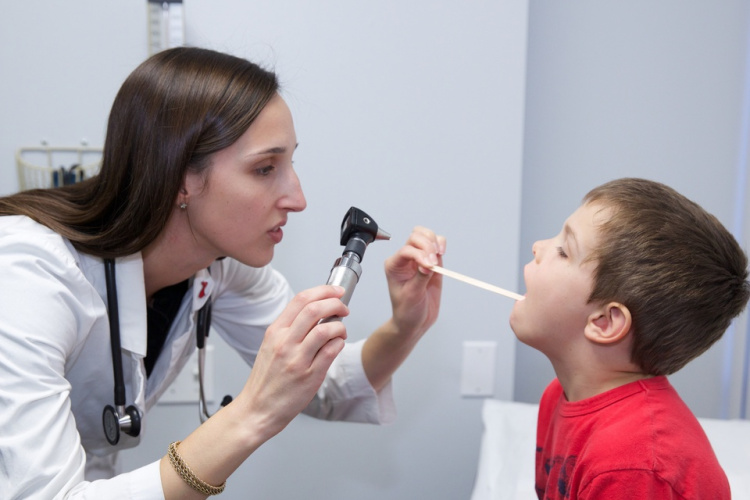After investing one year in the classroom, Ketchum’s inaugural physician assistant class of 27 students has moved on to the 15-month clinical phase of the PA program to apply their didactic education to caring for patients while on rotations.
Ketchum has established a strong network of 150 preceptors all over Orange County, California and even other states, giving students exposure to a variety of patient demographics in rural, suburban and urban settings.
Preceptors trust students to be very hands-on, and PA students on rotation do much of what a physician would do, such as obtaining a patient history, physical exam, interpreting the results of laboratory and diagnostic imaging studies, diagnosing and recommending treatment options as well as assisting in surgery.
MBKU students have received excellent feedback from preceptors and have exceeded expectations, and some have already received job offers from their rotation sites.
“We have a quality program with students who are handpicked for their mind as well as for their heart for service, and they will each one day become a competent compassionate provider of health care,” says Assistant Professor and Director of Clinical Education Don Ragsdale.
Students complete nine rotations: family medicine, internal medicine, women’s health, surgery, emergency medicine, pediatrics, behavioral health and two electives. Though students are assigned to their preceptors, their placement preferences are considered and they may even choose to complete their rotations in their out-of-state hometowns.
“These are our future colleagues; we will be tapping on their shoulders to be preceptors in the future, so we want to treat them right, not only because it’s the right thing to do but also because it will build relationships for future generations,” says Ragsdale.
Hands-on experience prepares students for the real world
Andrew Calderon, a PA student at MBKU, believes the lessons his professors taught in the classroom, both from textbooks and personal experience, prepared him well for rotations; but nothing compares to the real-life experience of seeing patients and performing procedures and the confidence boost that comes from doing a good job.
The primary goal of rotations is to provide students with the opportunity to enhance the knowledge and hone the clinical skills they acquired in the first year. While this is important, practical skills are just as essential. During rotations students also learn medical Spanish, medical ethics, how a medical office works and how to develop a good bedside manner. For Calderon, observing other providers taught him how to develop a better thought process and a pattern of asking patients questions, and how to speak with them comfortably. He has also learned how to better educate patients and how to break good or bad news to patients, who each respond differently.
Similarly, PA student Ashley Mohr learned the importance of good professional relationships among hospital specialists, as well as how to communicate with nurses and physicians and listen to their perspective.
Giving back to the health care community inspires preceptors to teach
Preceptors are board-certified medical doctors, doctors of osteopathic medicine or PAs who work for board-certified physicians, and all are volunteers who take great joy in shaping their most important job function, helping others. Though they receive no monetary compensation, preceptors receive perks at Ketchum such as joining the adjunct faculty, obtaining library privileges and accruing medical education hours.
For preceptors like psychiatrist Dr. Richard Granese, though, the biggest perk is the chance to apply a passion for teaching toward educating the future generation of health care providers. Preceptors are a vital part of PA students’ education, and in addition to training more health care providers at a time when they are greatly needed, preceptors can help define excellence in PA education and the future of the profession, ensuring that students are taught to provide care competently and compassionately.
Especially concerning to Dr. Granese is the lack of access to health care, particularly in his field of mental health, and the shortage of as many as 90,000 physicians and 40,000 psychiatrists nationwide, as estimated by the Association of American Medical Colleges. However, as the medical community strives to come up with creative and innovative ways to deliver services, Dr. Granese believes PAs will be an integral part of the solution.
“What makes me really excited about teaching PA students is that I really do see them as being an integral part of the future of health care. I think we’re facing huge workforce issues with a lack of prescribers and physicians, and [training more PA students] will help with the workforce shortage down the line,” he says.
In Ketchum’s program, preceptors and students work together to advance the future of health care. As one of the first PA students to go through the program, Mohr has some advice for next year’s class: “Take advantage of every opportunity you have, don’t be afraid of things you haven’t done before — you won’t learn or be comfortable unless you go and do it. Don’t be afraid to do anything wrong.”

